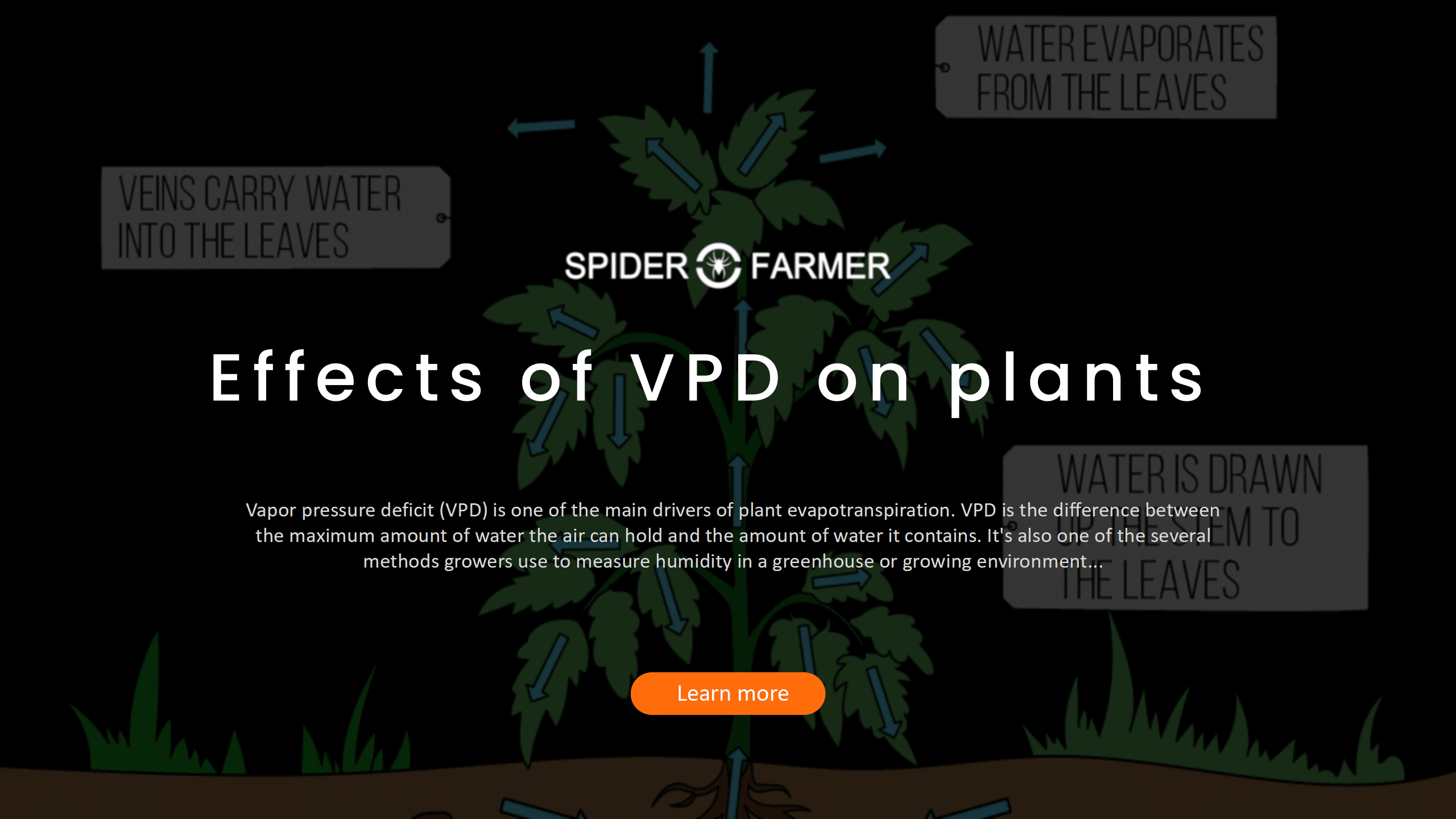
- Led Grow Light
- GGS Climate Controller
- Grow Tent
- Grow Tent Kits
From robust grow lights to essential gardening tools, every item in the kit ensures a seamless and efficient growing experience. All you need to begin is your plants, some soil, and water.
-
- Grow Accessories
- Service
- Contact Us
- My account
- Create Account
- Track Order
- Warranty
- Wholesale
- Shipping And Return
- Warehouse Location
- Blog
- What’s The Differences Between G Series And SE Series
- Effects of Vapor Pressure Deficit(VPD) on plants
- How far should you hang light from plant?
- Led Grow Light Buying GuideHot
- How to choose the right size grow tentHot
- 9 Things You Must Look For When Choosing LED Grow Lights
- 5 Red Flags When Buying LED Grow Light
- How to reduce the cost of growing plants?
- About us
Sign in
Login
Register
- Led Grow Light
- GGS Climate Controller
- Grow Tent
- Grow Tent Kits
From robust grow lights to essential gardening tools, every item in the kit ensures a seamless and efficient growing experience. All you need to begin is your plants, some soil, and water.
-
- Grow Accessories
- Service
- Contact Us
- My account
- Create Account
- Track Order
- Warranty
- Wholesale
- Shipping And Return
- Warehouse Location
- Blog
- What’s The Differences Between G Series And SE Series
- Effects of Vapor Pressure Deficit(VPD) on plants
- How far should you hang light from plant?
- Led Grow Light Buying GuideHot
- How to choose the right size grow tentHot
- 9 Things You Must Look For When Choosing LED Grow Lights
- 5 Red Flags When Buying LED Grow Light
- How to reduce the cost of growing plants?
- About us
Wishlist
0
0
Cart
CA$0.00
0
No products in the cart.
Return To Shop
Shopping cart (0)
Subtotal: CA$0.00
Canada Local Free Fast shipping, No tax
Effects of Vapor Pressure Deficit(VPD) on plants

Categories
- Grow Tent (2)
- Guidance (7)
- Uncategorized (10)
Best-Selling

SF SERIES
SF4000
Shop Now
More
More
- Led Grow Light
- GGS Climate Controller
- Grow Tent
- Grow Tent Kits
From robust grow lights to essential gardening tools, every item in the kit ensures a seamless and efficient growing experience. All you need to begin is your plants, some soil, and water.
-
- Grow Accessories
- Service
- Contact Us
- My account
- Create Account
- Track Order
- Warranty
- Wholesale
- Shipping And Return
- Warehouse Location
- Blog
- What’s The Differences Between G Series And SE Series
- Effects of Vapor Pressure Deficit(VPD) on plants
- How far should you hang light from plant?
- Led Grow Light Buying GuideHot
- How to choose the right size grow tentHot
- 9 Things You Must Look For When Choosing LED Grow Lights
- 5 Red Flags When Buying LED Grow Light
- How to reduce the cost of growing plants?
- About us

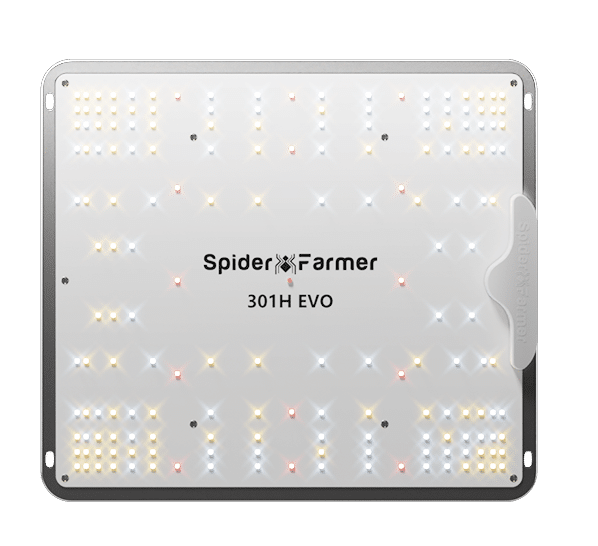
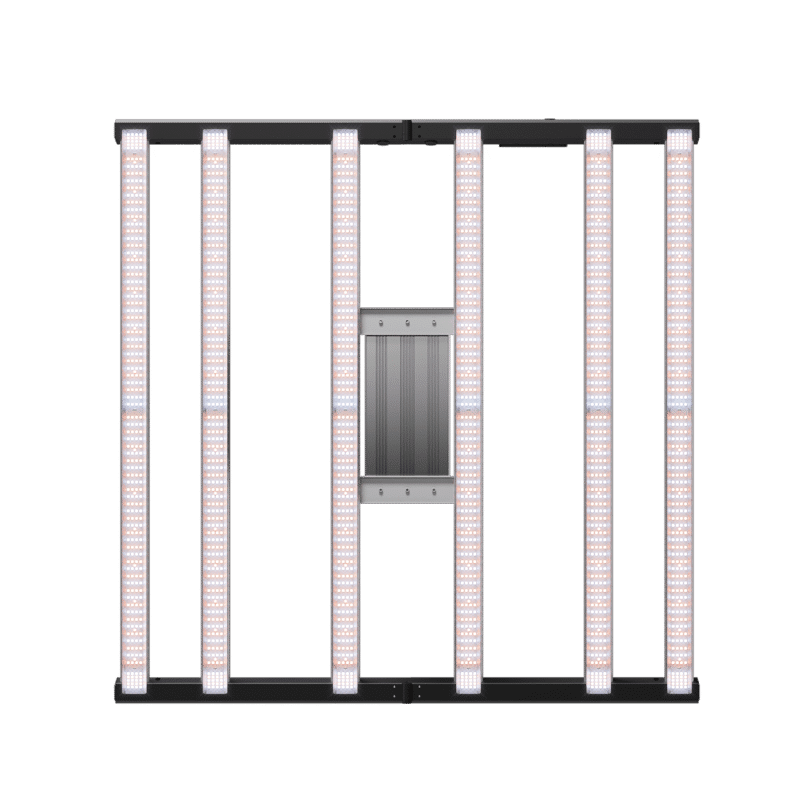

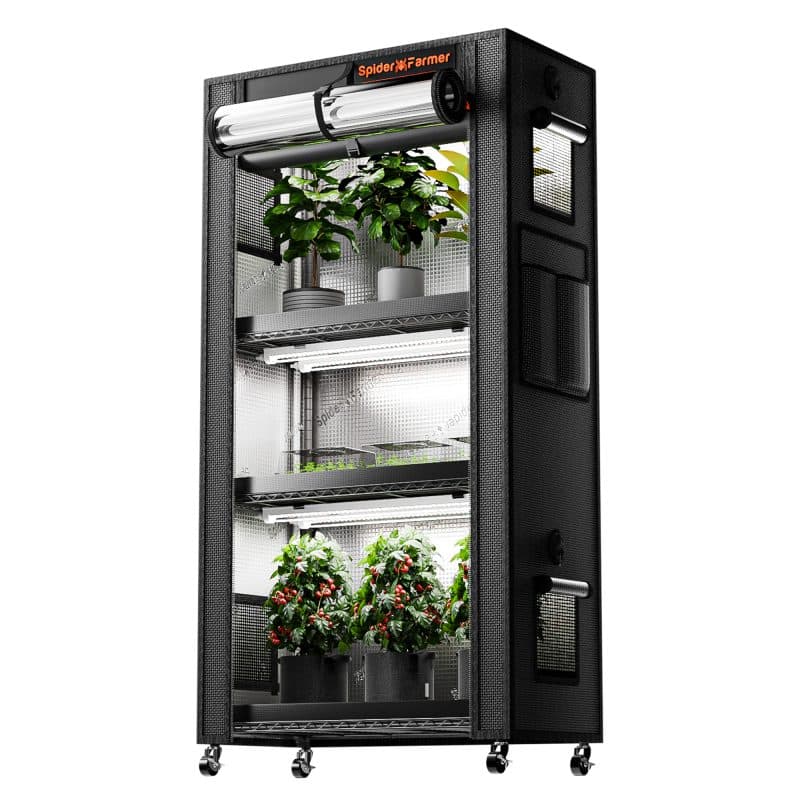
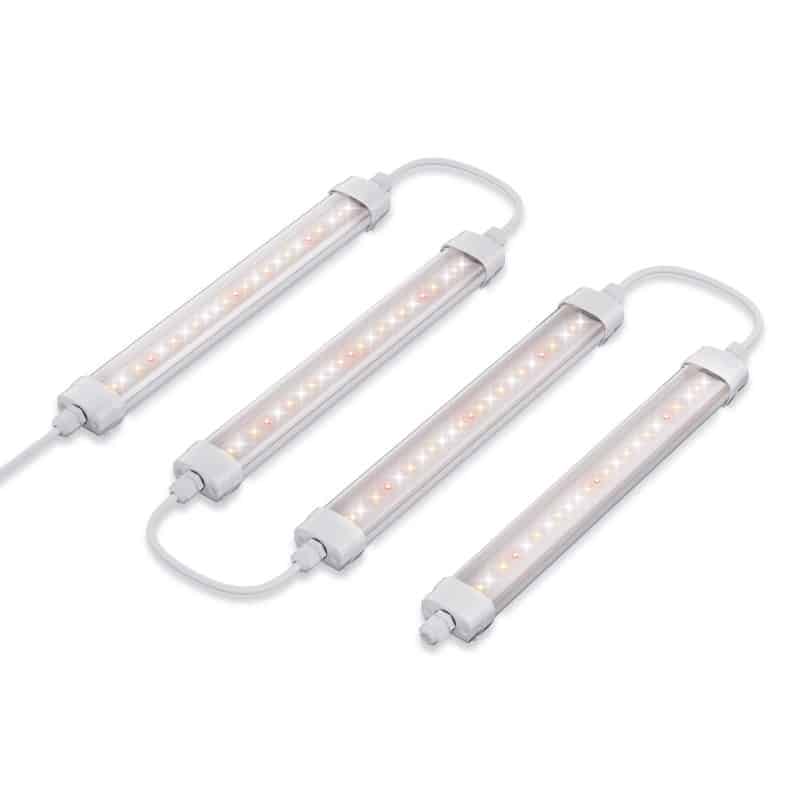




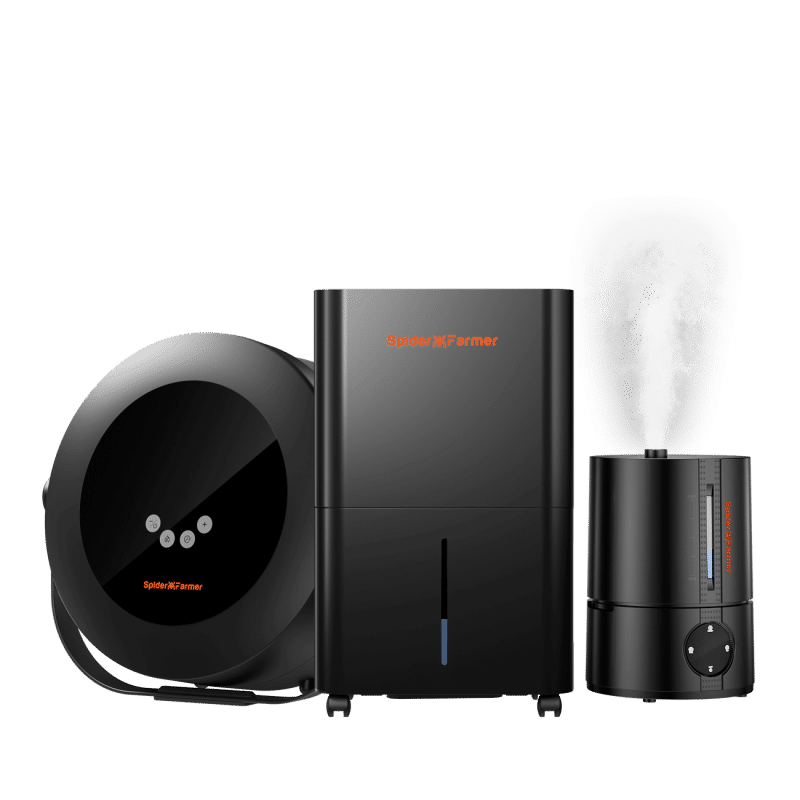
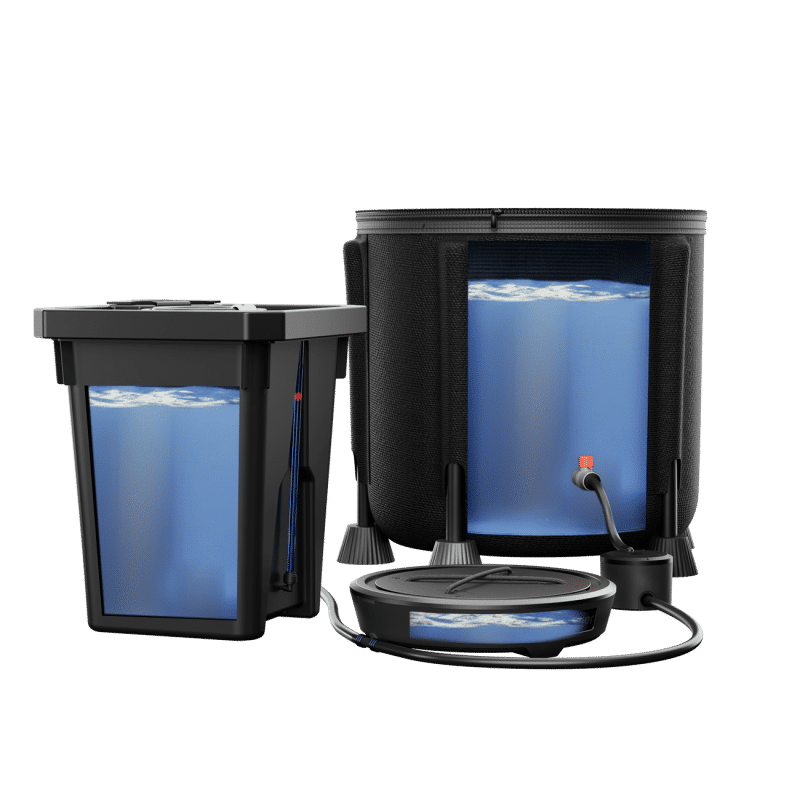
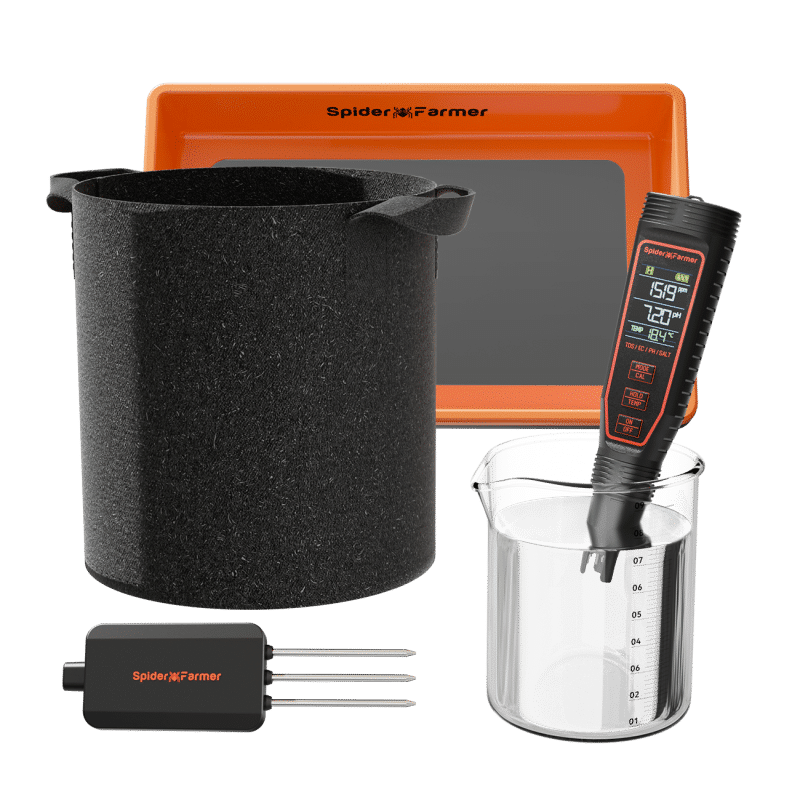
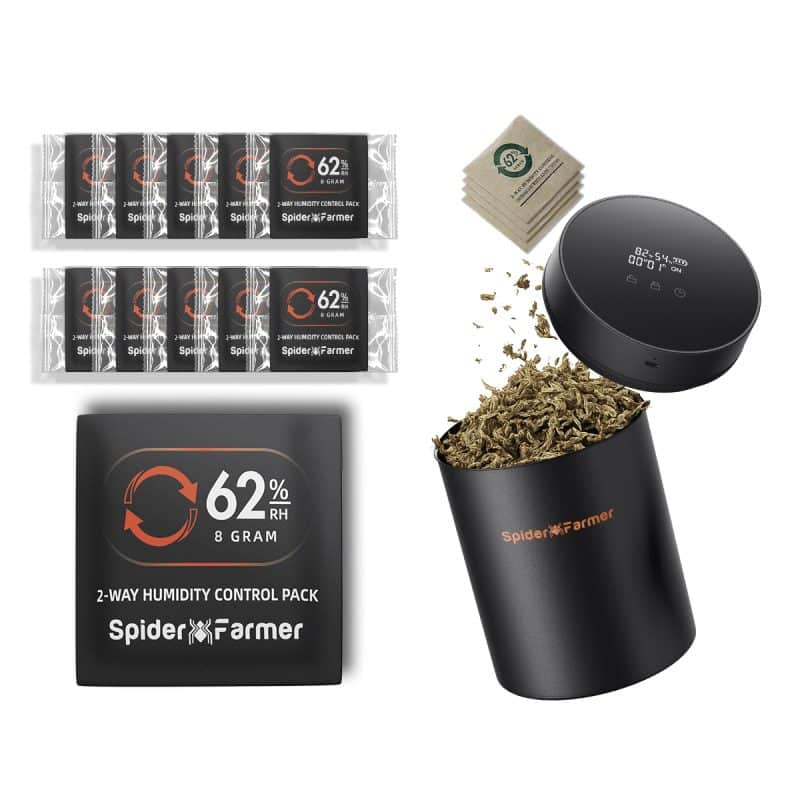
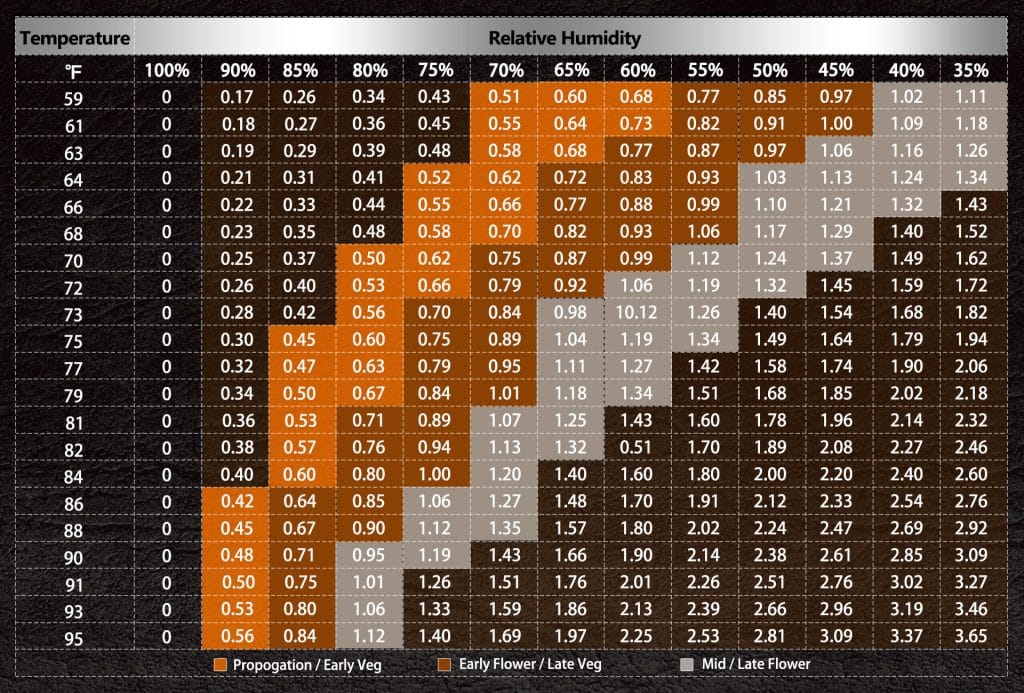


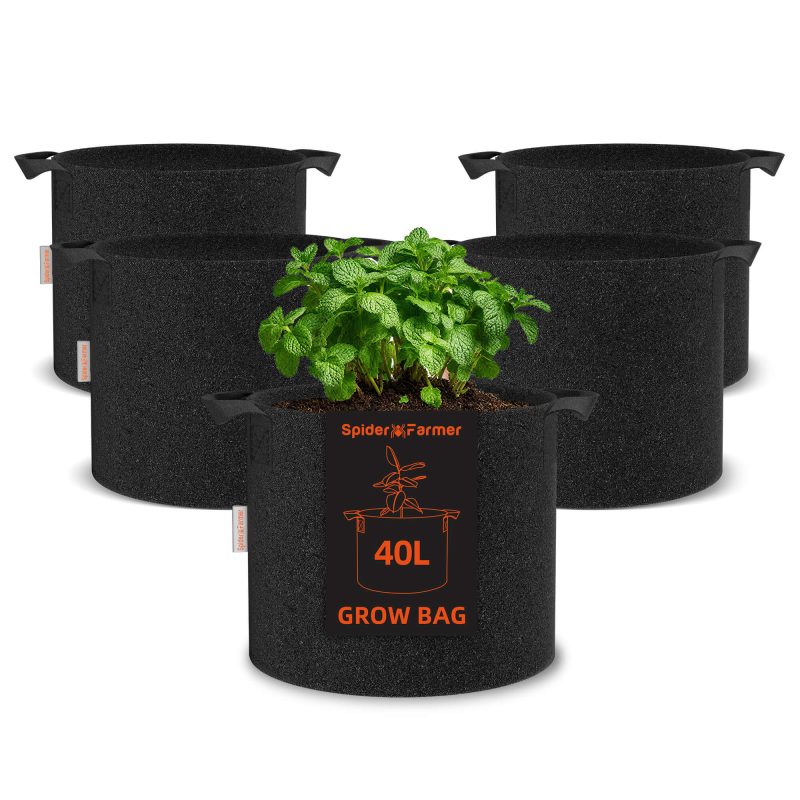

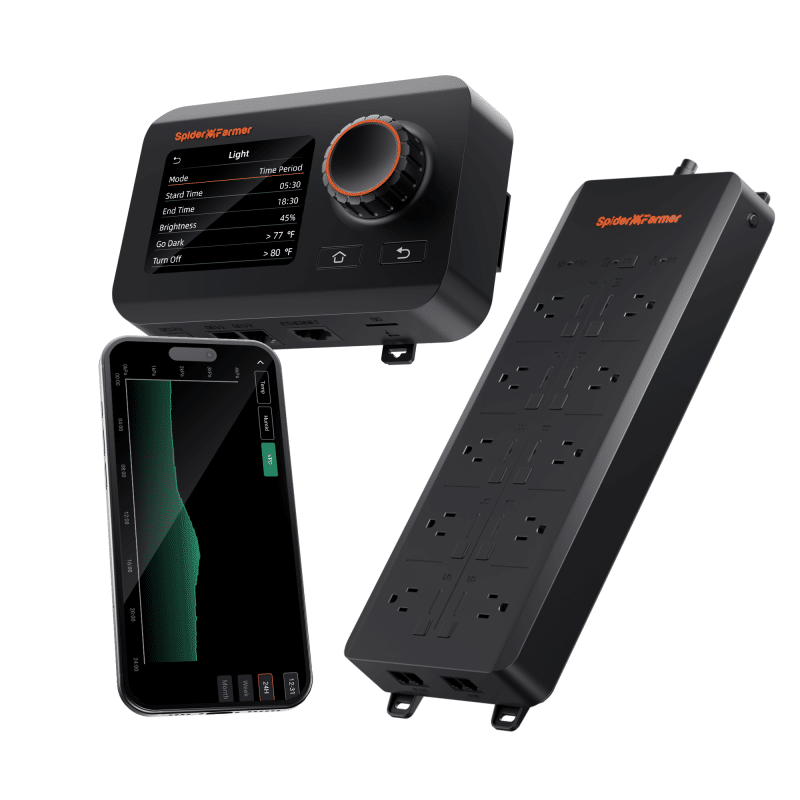

Leave a reply